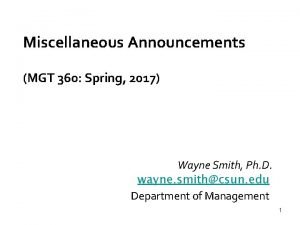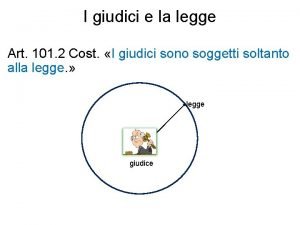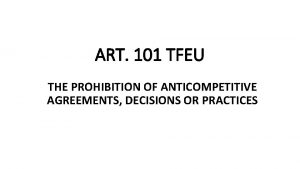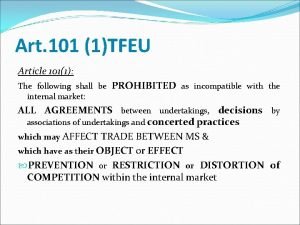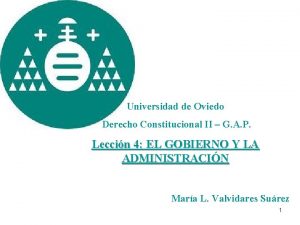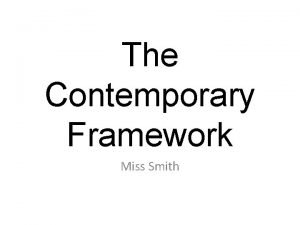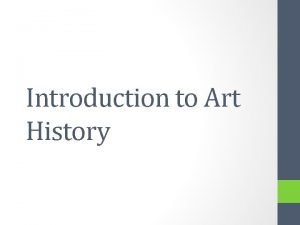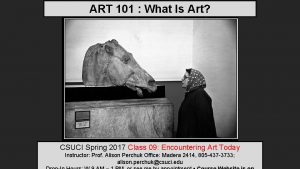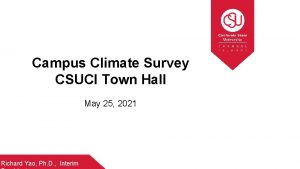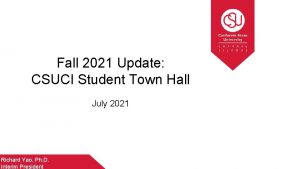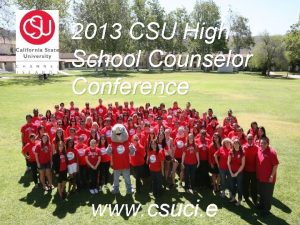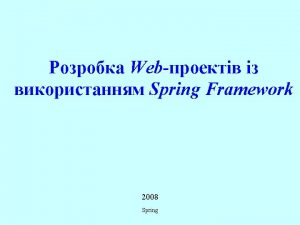ART 101 What Is Art CSUCI Spring 2017












- Slides: 12

ART 101 : What Is Art? CSUCI Spring 2017 Instructor: Prof. Alison Perchuk Office: Madera Hall #2414 Drop-In Hours: W 9 AM – 1 PM or, see me by appointment 805 -437 -3733; alison. perchuk@csuci. edu Course Website is on CI Learn Presentation 12 INTERPRETING ART

Objectives 1. Warm-Up: Analyzing Popular Culture 2. Methodology: An Overview 3. Analysis Take Two: Method + Information


INTERPRETATION Ø A researched argument regarding the intrinsic and/or extrinsic meanings, functions, and/or operations of an object. Ø An interpretation of a work of art may address some of the circumstances surrounding the creation and initial display or use of that artwork. Ø An interpretation may explore aspects and ramifications of the presence of that artwork within a subsequent context, either historical or in the present day.

How Do We Arrive at an Interpretation? Observation Description Formal Analysis + Information (Research!) Methodology -----------Interpretation

Who’s This Guy?


Some Art Historical Methods (in alphabetical order) Ø Ø Ø Ø Biography/Autobiography (artist, patron, collector) Connoisseurship Context (artistic, cultural, historical, religious, etc. ) Deconstruction (structural underpinnings, concepts of value, e. g. ) Feminism and Gender Formalism and Style Iconography Multiculturalism and Postcolonialism Psychoanalysis / Psychological Perspectives Semiotics Structuralism / Poststructuralism Visual Culture / Material Culture NEW Method: Technical Art History

METHODOLOGY The approach or strategy a scholar employes to understand an artwork, literary text, natural phenomenon, historical events, etc. A method “focus[es] the analytical process on a series of issues using a specific set of principles. ” (TAUA, p. 163) The Met’s Methods: Ø Connoisseurship Ø Stylistic analysis Ø Contextual analysis (Renaissance) Dr. Herbert’s Methods: Ø Visual culture Ø Biography Ø Contextual Analysis (Middle Ages)

Technical Art History http: //www. getty. edu/art/exhibitions/pollock/ Jackson Pollock, Mural, 1943. Oil and casein housepaint on canvas. University of Iowa Museum of Art, Iowa City, IA.

Application: Method + Information Ø Ø Formalism Context Feminism Gender • Many methods are interrelated. • The method(s) you choose determine(s) your results. • Art is complicated! Results more often complement than contradict one another.

Application: Method &. . . What Would We Need to Know? Ø Ø Ø Ø Biography/Autobiography Connoisseurship Context Deconstruction Feminism and Gender Formalism and Style Iconography Multiculturalism and Postcolonialism Psychoanalysis / Psychological Perspectives Semiotics Structuralism / Poststructuralism Visual Culture / Material Culture NEW Method: Technical Art History N. B. : NOT ALL METHODS WORK FOR ALL ARTWORKS!
 Csuci transcript
Csuci transcript Financial aid csuci
Financial aid csuci Csun spring 2017
Csun spring 2017 Ftp server spring 2017
Ftp server spring 2017 Cast of spring, summer, fall, winter... and spring
Cast of spring, summer, fall, winter... and spring Seasons spring summer fall winter
Seasons spring summer fall winter Art 101 comma 2 costituzione
Art 101 comma 2 costituzione Humanities 101 art appreciation
Humanities 101 art appreciation Tfeu art 101
Tfeu art 101 Art 101 tfeu
Art 101 tfeu Art 101 ce
Art 101 ce What is high art and low art
What is high art and low art Performance art in art appreciation
Performance art in art appreciation


